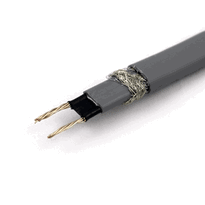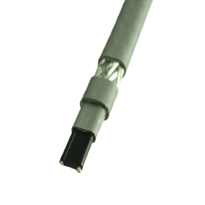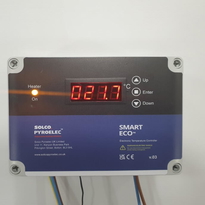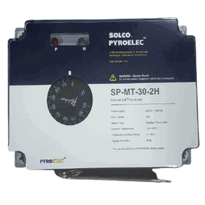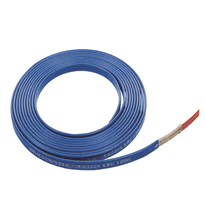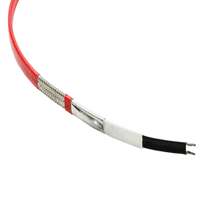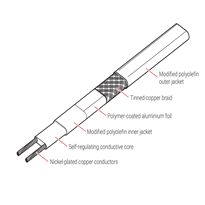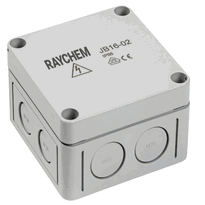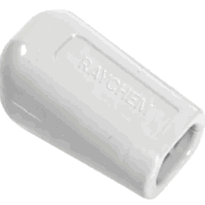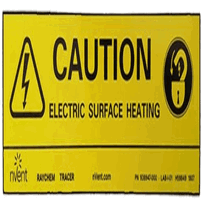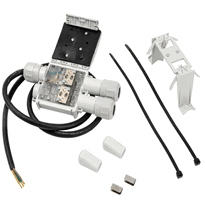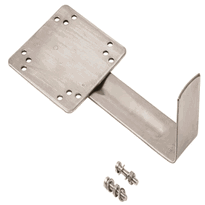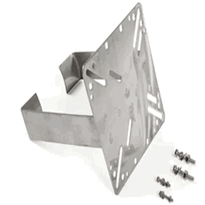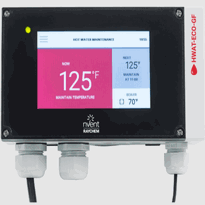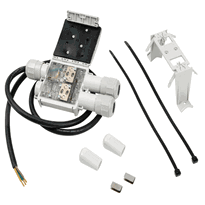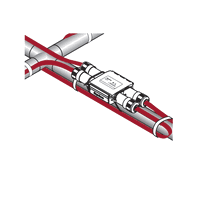Heat Trace Insulation Wrap
Heat trace insulation wrap is designed to prevent pipe freezing, minimize heat loss, and enhance system reliability by establishing a thermal barrier around heat trace cables and pipelines. Constructed from durable materials such as mineral wool, glass fibre, or polyethylene, the choice of which depends on factors including operating temperature, environmental conditions, and mechanical flexibility requirements.
Proper installation involves thoroughly cleaning surfaces to ensure good adhesion, carefully following the designated routing plans, and securely fastening the wrap with appropriate fasteners. Adhering to relevant safety standards during installation is essential, as is conducting regular inspections and monitoring to maintain optimal performance over the long term.
Understanding best practices for materials, installation techniques, and safety considerations ensures the effective and efficient operation of heat trace insulation wraps in UK settings.
Understanding the Purpose and Advantages of Heat Trace Insulation Wrap
Heat trace insulation wrap plays a vital role in maintaining consistent temperatures within piping systems, particularly in cold environments common across the UK. Its main function is to prevent freezing and potential damage to pipes and valves by creating a thermal barrier that insulates both the heat trace cable and the pipe itself. What Is Heat Tracing in Piping? This insulation significantly reduces heat loss to the surroundings, enhancing energy efficiency and helping to lower operational costs. It also protects systems transporting temperature-sensitive fluids from freezing, solidifying, or condensing, which can result in operational interruptions. By stabilizing the temperature within the piping system, insulation wraps improve overall reliability, minimise the risk of costly failures, and ensure a steady flow rate. Additionally, they serve as safety barriers, reducing burn risks during maintenance and making routine inspections safer. Incorporating fire-resistant materials into insulation wraps can further enhance safety in industrial settings.
Materials, Types, and Selection Criteria for Insulation Wraps
Selecting appropriate materials and types of insulation wraps requires a thorough understanding of their specific properties and performance characteristics. The durability of insulation materials significantly impacts their long-term effectiveness in protecting pipes from freezing. Common materials include mineral wool combined with glass fiber for thermal resistance, glass fiber woven tapes made from high-quality type E glass fiber for durability, silicone-coated glass fibre cloth jackets providing environmental protection, and polyethylene foam sleeves offering waterproofing and fire resistance.
Consider these options:
1. A shimmering glass fiber tape that resists tearing and withstands high temperatures.
2. A flexible, waterproof polyethylene sleeve that molds easily around pipes.
3. A mineral wool core wrapped in a durable glass fiber blanket designed for extreme temperatures. Choosing materials with suitable chemical resistance can prevent degradation over time and maintain insulation performance.
4. A silica-coated glass fiber cloth that endures constant exposure to flames and high temperatures.
Choosing the right combination depends on temperature requirements, environmental exposure, and mechanical flexibility, ensuring efficient and reliable heat tracing.
Proper Installation Techniques and Best Practices
Effective installation of heat trace insulation wraps begins with meticulous pre-installation preparation. This standard involves verifying that the selected heat trace cable and accessories are suitable for the specific application, considering factors such as heat loss calculations, operating temperature limits, ambient conditions, cable class, and length. Inspecting the piping ensures proper installation, confirming that pipes are in good condition, pressure-tested, and free from damage. The pipe surface must be cleaned thoroughly, removing dirt, rust, and sharp edges to prevent cable damage during installation. It is advisable to walk along pipe lengths beforehand to plan routing effectively. During this process, note fittings, valves, and other potential obstacles that may influence cable placement. Gathering the appropriate tools is essential. Items such as wire cutters and insulation resistance meters should be on hand to verify cable integrity prior to installation. Proper preparation lays a solid foundation for a secure, efficient, and reliable heat trace cable application. This not only ensures safety compliance but also enhances the overall performance and longevity of the insulation system. Proper planning ensures that the installation proceeds smoothly and minimizes the risk of future issues. Additionally, understanding insulation board properties can help in selecting suitable supplementary insulation where necessary, optimizing overall thermal performance.
Ensuring Safety, Standards Compliance, and Effective Monitoring
Ensuring safety, maintaining compliance with standards, and implementing effective monitoring procedures are crucial elements of a reliable heat trace insulation system. Proper safety measures include adherence to standards such as BS 7671, conducting comprehensive risk assessments, and selecting non-flammable insulation materials that limit surface temperatures below 60°C. These measures help prevent hazards such as electrical faults, overheating, and fire risks associated with insulation systems. Compliance involves using certified cables and insulation, performing regular inspections, and maintaining detailed documentation of all checks, verified by qualified professionals familiar with the relevant codes and regulations. Additionally, understanding vapour control layers and their proper application can further reduce the risk of moisture-related issues that might compromise the insulation’s effectiveness.
Effective monitoring requires continuous use of temperature sensors and automated control systems to prevent overheating and detect insulation failures early. These steps can be visualized as follows:
1. Conducting visual inspections of the insulation and cables for any signs of damage or wear.
2. Taking regular temperature readings using surface probes or thermal imaging devices to ensure consistent performance.
3. Utilizing automated systems that adjust power supply based on real-time temperature data to maintain safe operating conditions.
4. Maintaining comprehensive records of inspections and monitoring data to support safety audits and demonstrate compliance.
Implementing these procedures helps ensure that heat trace insulation systems operate safely, effectively, and in line with UK standards and regulations.
Conclusion
Proper selection, installation, and maintenance of heat trace insulation wraps are vital for ensuring energy efficiency, safety, and compliance with industry standards within the UK. Utilising appropriate materials tailored to specific applications, adhering to correct procedures, and conducting regular monitoring can help prevent equipment failure and optimize performance.
Adopting a systematic approach to insulation management minimizes risks and operational costs, making it a crucial aspect of industrial and commercial infrastructure. Accurate implementation ensures reliable, cost-effective temperature control over the long term, supporting operational reliability and energy conservation.








